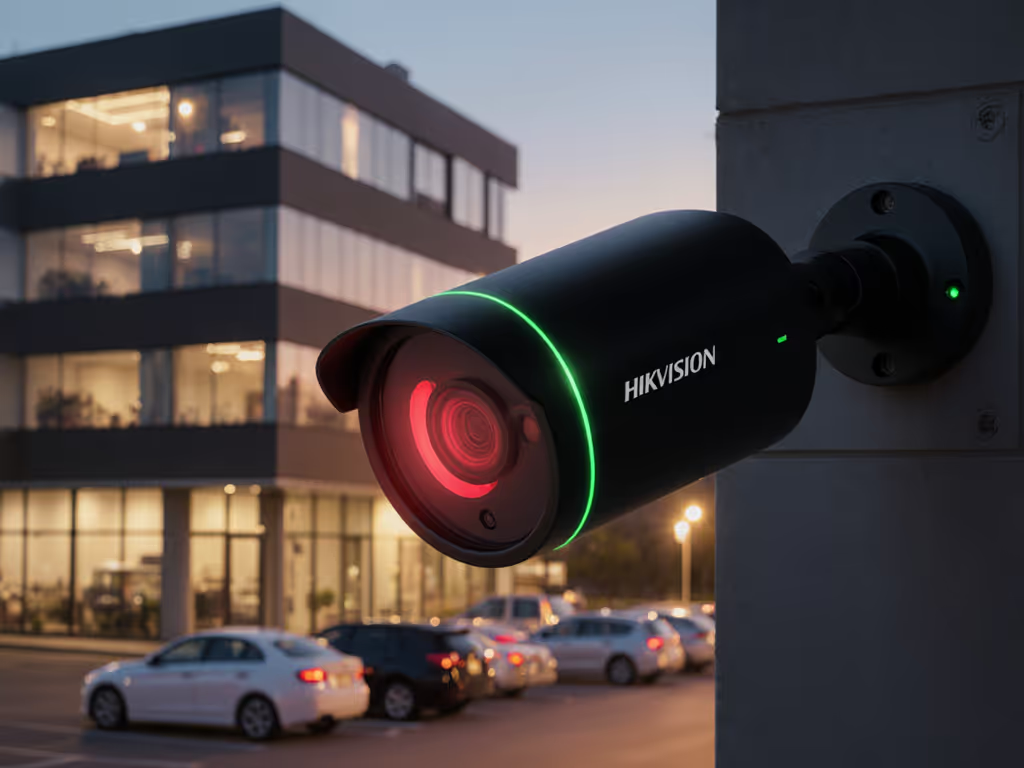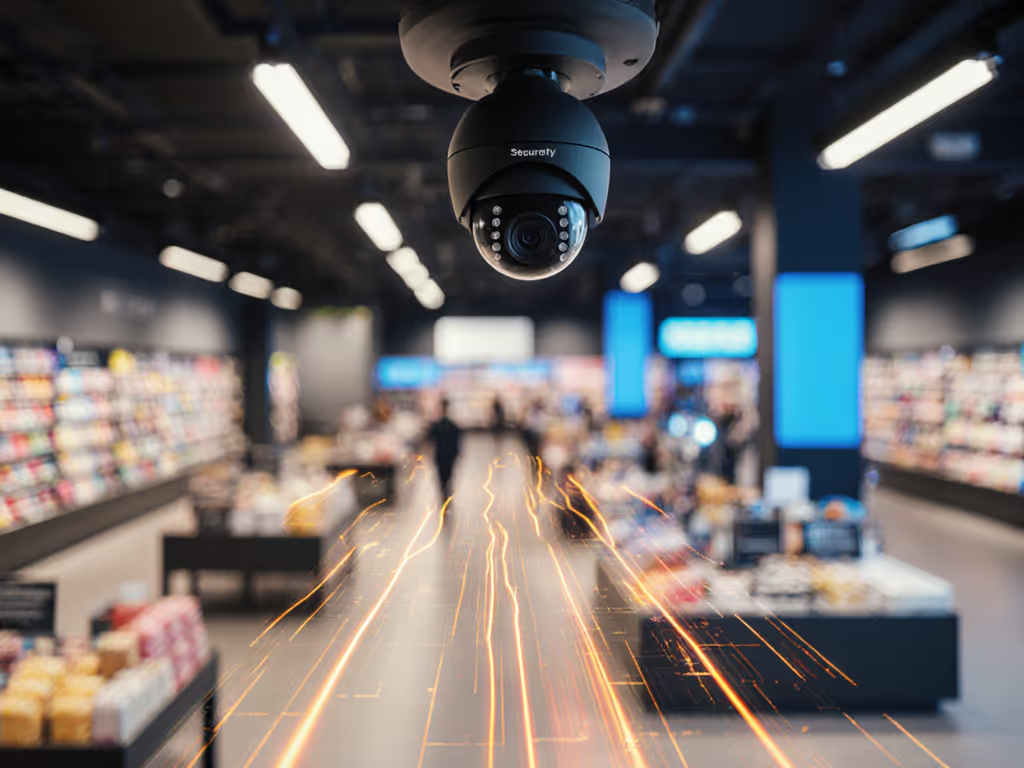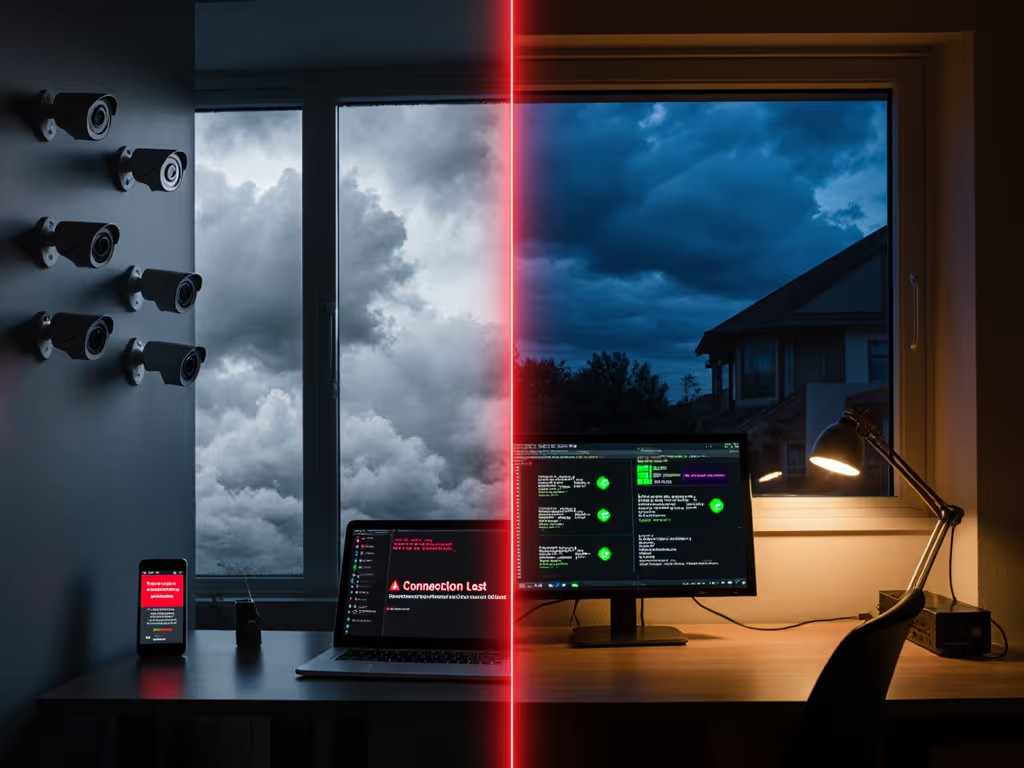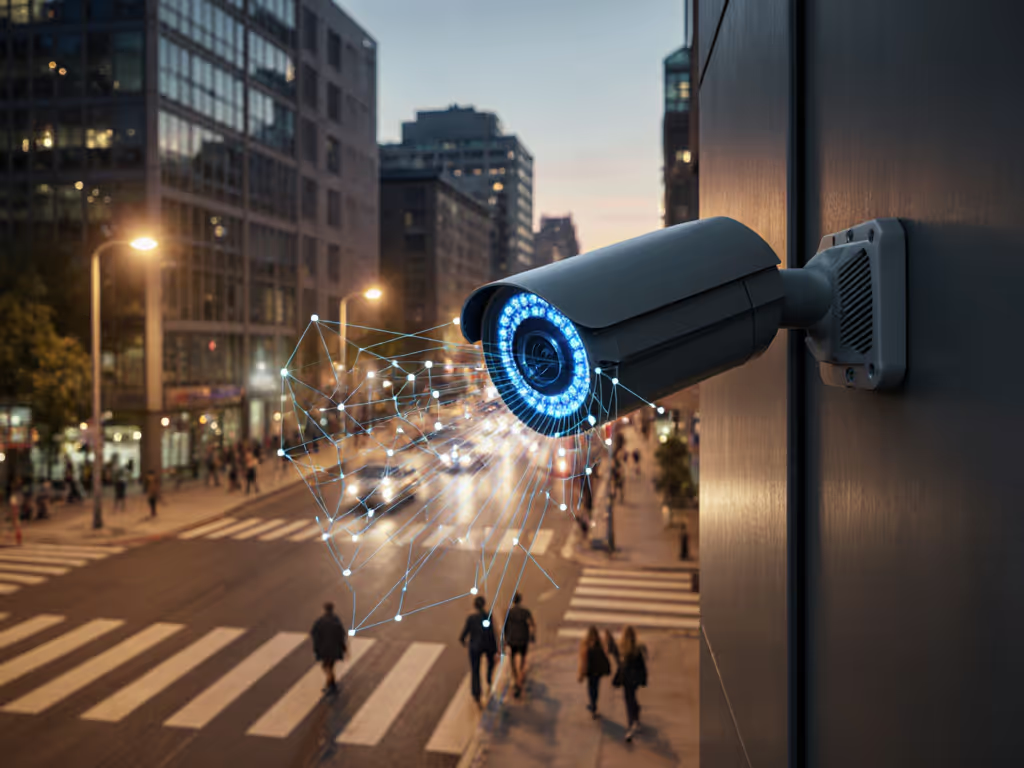
Retail Security Analytics: Optimize Layouts, Boost Conversions

When deployed strategically, retail security analytics does more than just protect inventory; it reshapes how you understand customer behavior and optimize store layouts. Business security cameras are no longer just theft deterrents; they're sophisticated data collection points that can drive conversions when properly analyzed. Most retailers focus narrowly on security outcomes, but the real ROI comes when you connect surveillance data to sales performance. For a full breakdown of business camera costs and value drivers, see our comparison. Subscriptions multiply quietly, so let the math keep you safe over time.
The Hidden Value in Your Security Footage
Most store owners treat security systems as cost centers rather than revenue generators. But what if your cameras could tell you exactly where customers linger, which displays drive impulse purchases, and when your layout frustrates shoppers? That neighborhood coffee shop I consulted with thought they needed more cameras, until we realized that their existing system could reveal traffic patterns that explained their stagnant sales.
Let's run the math on a typical small retail space with 10 cameras:
- Basic security package: $30/camera/month × 10 = $300/month ($3,600/year)
- Analytics add-on: $15/camera/month × 10 = $150/month ($1,800/year)
- Total annual cost: $5,400
Now compare outcomes:
- Without analytics: You prevent some theft (say $2,000 in recovered inventory annually)
- With analytics: $2,000 theft prevention + 3-5% sales lift from layout optimization = $6,000-$10,000 additional revenue
That's not just security: it's sales intelligence with a 110-185% ROI. The key is implementing analytics that serve dual purposes without requiring separate systems.
Beyond Theft Prevention: How Analytics Drive Layout Optimization
Retail security analytics transforms passive monitoring into active business intelligence. Learn how Video Content Analysis reduces false alarms and turns footage into actionable insights. When you layer POS integration analytics with your camera system, you create a complete picture of customer behavior tracking:
- Hot zone mapping: Identify high-dwell areas that should feature premium products
- Path analysis: Discover inefficient traffic patterns causing missed opportunities
- Conversion bottlenecks: Pinpoint where browsers abandon purchases
- Staff effectiveness: Measure associate-customer interactions against sales outcomes
I recently worked with a boutique that moved their jewelry display after analytics showed 78% of shoppers who paused there never made purchases. The problem wasn't the product; it was visibility. By adjusting lighting and camera angles to match customer sightlines, they boosted jewelry sales by 22% in three weeks without additional marketing spend.

Cat 8 Flat Braided Ethernet Cable
The Subscription Trap vs. Outcome-Based Value
Many retailers get stuck in the monitoring mindset where they pay for features they don't use. If storage fees are creeping up, compare cloud vs local storage trade-offs for reliability and cost. The real cost isn't the monthly fee; it's what you're not measuring. Consider these common pitfalls:
- Paying for 24/7 cloud recording when you only need triggered clips
- Subscribing to basic person detection when you need package-specific alerts
- Using generic analytics that can't connect to your POS system
A proper retail security analytics system should answer specific business questions:
| Question | Basic System Answer | Outcome-Focused System |
|---|---|---|
| "Where are customers looking?" | "People are in aisle 3" | "Customers spending 45+ seconds at display convert at 38% rate" |
| "When should I staff registers?" | "There are 12 people in store" | "Based on historical retail traffic patterns, peak checkout demand occurs 17 minutes after entrance spikes" |
| "Which window display works best?" | "Camera sees both displays" | "Display A drives 23% more foot traffic but Display B yields 31% higher conversion" |
The difference isn't technology: it's purpose. Great security is efficient security: pay for outcomes, not lock-ins.
Practical Implementation: Building a Cost-Effective System
When planning your retail security analytics deployment, focus on what drives measurable business results:
1. Start with your business questions Don't buy cameras first: define what you need to know. "Which product displays get the most attention?" requires different camera placement than "Where do customers abandon carts?"
2. Prioritize wired infrastructure Wireless systems might seem cheaper initially, but reliability issues with battery-powered business security cameras create data gaps that undermine analytics. See our wired vs wireless stability comparison for uptime and maintenance implications. A single PoE (Power over Ethernet) camera with stable connectivity provides more valuable data than three spotty wireless alternatives. For reliable data collection, make sure your network backbone can handle the throughput: quality Cat 8 cabling prevents bandwidth bottlenecks that degrade video analytics.
3. Demand clear metrics "Reduced theft" is vague. "Verified shoplifting incidents decreased by 37% with corresponding 2.8% sales lift from previously targeted merchandise" is actionable. Always measure true outcomes per security incident, not just prevention rates.
4. Verify integration capabilities POS integration analytics only works if your system speaks the same language as your sales platform. To avoid vendor lock-in, verify ONVIF compliance for cross-brand interoperability. Test data flows before full deployment; many "integrated" systems require expensive middleware that erodes ROI.
Your Action Plan
Tomorrow morning, do this:
- Pull your last quarter's security footage alongside sales data
- Identify three high-value displays where you suspect layout affects sales
- Map camera views to those areas without adding new equipment
- Track conversion correlation for two weeks (e.g., "Customers who view display X purchase Y% more")
This costs nothing but your time and gives you concrete evidence about whether your security system should be a revenue driver. If you find even one layout adjustment that boosts conversion by 1%, that's pure profit that likely exceeds your entire security budget.
Retail security analytics isn't about watching: it's about understanding. When you stop paying for surveillance and start paying for insights, your cameras become your most valuable sales team. Let's run the math on what that's worth to your business this quarter.



